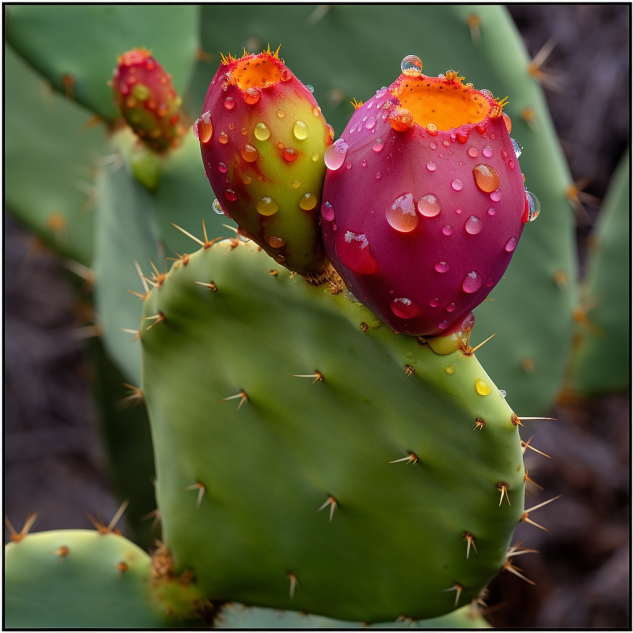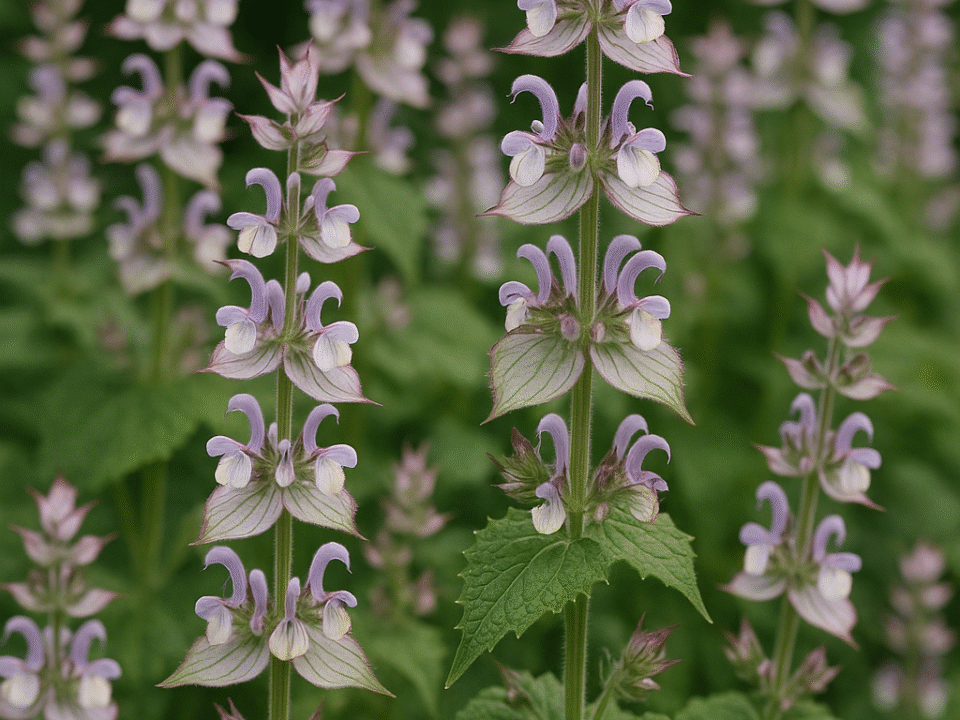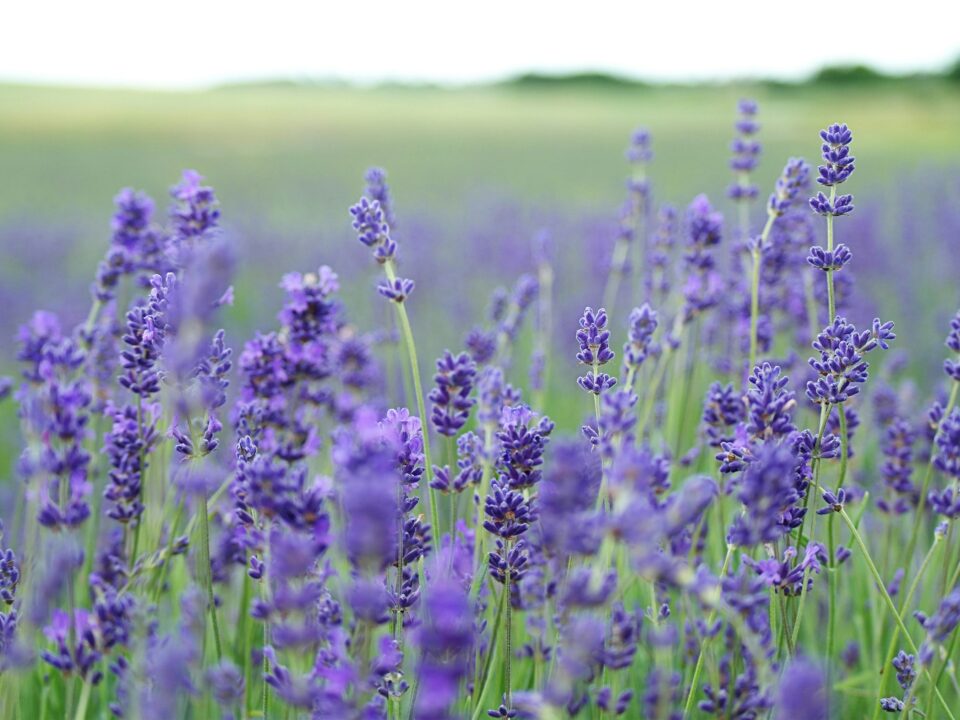
Prickly pear cacti, known by various names such as nopal and opuntia, can be found in different regions of America, Australia, the Middle East, the Mediterranean, and the Caribbean islands. They generally grow with flat, rounded cladodes, also known as platyclades, with large, fixed, smooth spines and small hairlike prickles called glochids. These glochids have a tendency to stick to the skin or hair upon contact before eventually detaching from the plant.
Although the consumption of the cactus’s delightful pink fruits has been practised for centuries, prickly pears have gained recognition as an effective skincare ingredient only in recent times.
Prickly pear oil carries antioxidant, antibacterial, and hydrating properties and is an effective carrier oil.
As an antioxidant, it prevents skin damage and reduces breakouts. Antioxidants are widely recognized for protecting the skin against harm from factors, such as sunlight and aging. Similarly, antibacterial substances are known for purifying the skin and preventing acne outbreaks. The chemical composition analysis of prickly pear oil shows a significant concentration of linoleic acid, which contributes to maintaining skin hydration by enhancing water retention.
Prickly pear oil also has highly effective moisturizing properties and helps to improve the skin’s ability to retain moisture.
Vitamin A is widely acknowledged for its skin benefits, but its standalone application often leads to skin irritation. The study concluded that prickly pear oil is a suitable and safe carrier for delivering other nutrients, including vitamin A, which cannot be directly applied to the skin.
For topical use, there are no known drawbacks associated with prickly pear oil, except for potential allergic reactions in individuals with sensitive skin.



